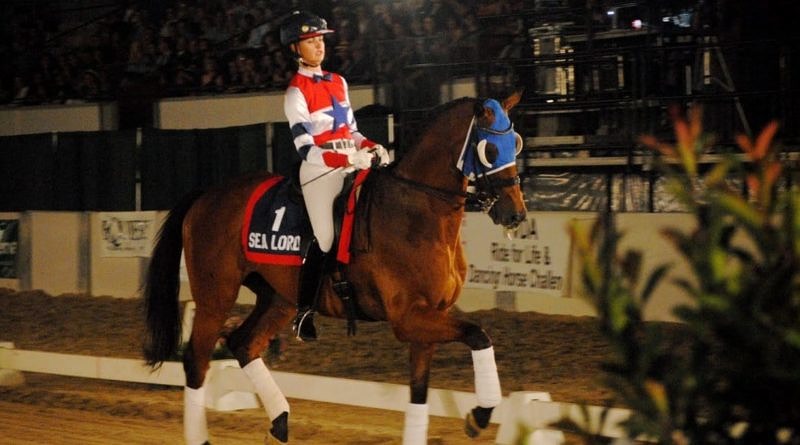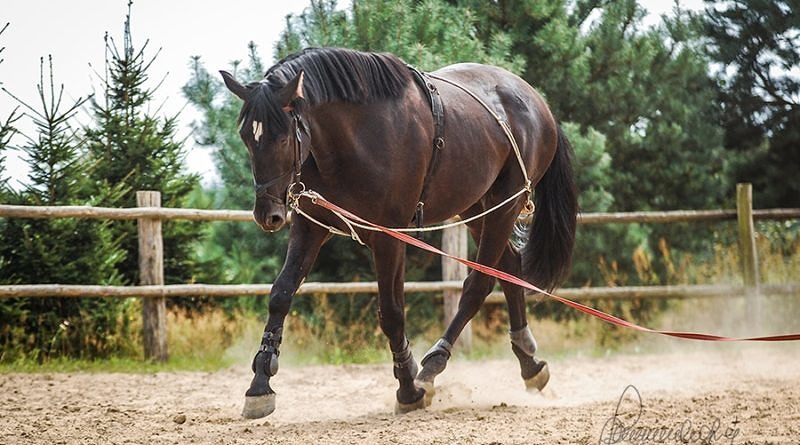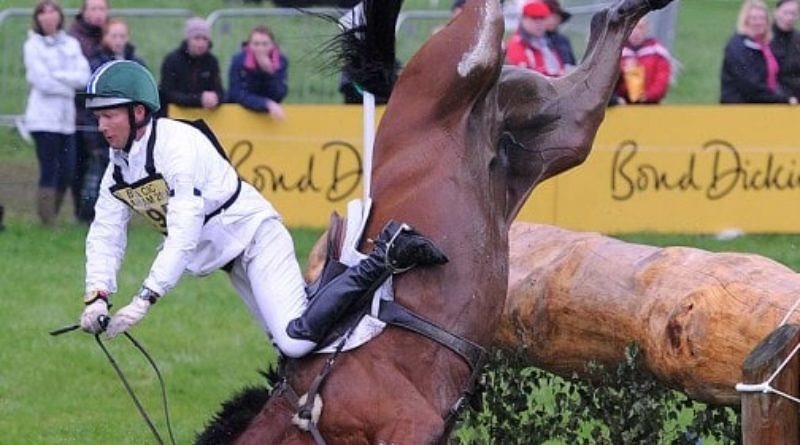In praise of the Thoroughbred horse: seven ways Thoroughbreds have shaped the equestrian world
Though “Thoroughbred” may be synonymous with “racehorse” these days, this breed’s contribution across the equestrian disciplines cannot be overstated. Despite their arguably unfair reputation as hot and unpredictable, they are also one of the most versatile and athletic breeds.
Here are seven amazing ways Thoroughbreds have helped shape the equestrian world:
1. Warmbloods are part Thoroughbred
Today the go-to for most high profile competitive English riding is the Warmblood. What a lot of people do not realise however is that Warmbloods and other sport horses are heavily influenced by the Thoroughbred – which lends athleticism, speed and stamina to any line into which it is incorporated.
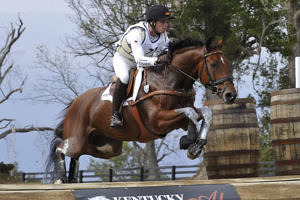
2. It’s harder to find eventers without Thoroughbred breeding than those with it
Even with sport horses now bred for purpose, Thoroughbreds still make their mark in competition. Especially in eventing, it is hard to find successful horses that don’t have any Thoroughbred blood. No matter where in the eventing world you look, the Thoroughbred was and still is irreplaceable.
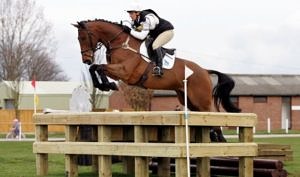
3. Thoroughbreds can do dressage
We should remember that the Cadre Noir has long used Thoroughbreds and part Thoroughbreds for Grand Prix dressage. The Cadre Noir can be thought of as France’s version of the famous Spanish Riding School.
The original function of the Cadre Noir was to train French cavalry officers. The academy, founded in 1828, continues to this day thanks to the historical and global importance of the horsemanship developed there.
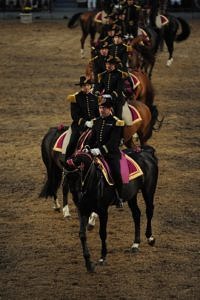
4. Thoroughbreds made dressage and showjumping in the USA what they are today
It was a racebred Thoroughbred called Keen who is credited with pioneering the discipline of Dressage in the United States. In showjumping, another Thoroughbred, this time off-the-track, called Snowbound, brought home the USA’s first ever Olympic individual gold in showjumping..
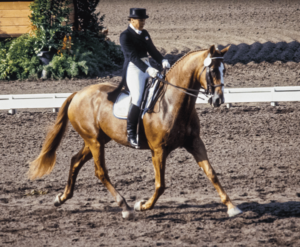
5. There is more Thoroughbred in that cow horse than you think
Even in the Western disciplines, Thoroughbred blood runs through the veins of Quarter Horses and American Paint Horses, which dominate these sports and owe their origins in large part to the Thoroughbred. Go-Man-Go, regarded as one of the best racing Quarter Horses of all time, was half Thoroughbred, and everywhere you look in Quarter Horse pedigrees from Wimpy, the first stallion ever registered with the American Quarter Horse Association to the famous cutting horse Doc Bar, Thoroughbred blood is everywhere. Some even go as far as to say that “the only thing that can be wrong with having Thoroughbred in a Quarter Horse’s recent pedigree is when it isn’t there”. In addition, a number of loudly marked purebred Thoroughbreds are dual registered with the American Paint Horse Association.
Many people also don’t realise that the Appendix Quarter Horse popular in the US in many disciplines is at least half Thoroughbred and if these horses prove themselves in competition, they can be ‘promoted’ to full Quarter Horse.
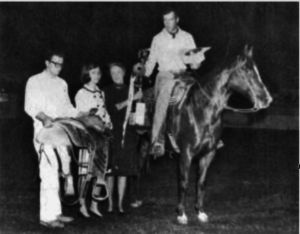
6. Black Beauty was a Thoroughbred!
Back in the British Isles, where the breed originated, Thoroughbreds have played a role not only in horse sports, including hunting and polo, and the development of other breeds such as the Irish Sport Horse, but also in ordinary people’s day-to-day lives. They were often working animals and it looks like Black Beauty was one of them himself:
One day… my mother whinnied to me to come to her, and then she said:
“I wish you to pay attention to what I am going to say to you. The colts who live here are very good colts, but they are cart-horse colts,and of course they have not learned manners. You have been well-bred and well-born; your father has a great name in these parts,and your grandfather won the cup two years at the Newmarket races…”
Though Black Beauty is of course fictional, many Thoroughbreds lived stories like his and the book they inspired changed the way we would think about animals and their welfare forever.
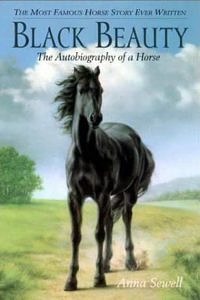
7. Thoroughbreds make competition accessible
Today, due to the racing industry, thousands of Thoroughbreds are constantly in need of homes. The opportunity this presents for ordinary people is extraordinary: those with the knowledge and support network to rehome and retrain a Thoroughbred have a chance to compete among the world’s best thanks to this incredible breed.
Thoroughbreds fresh off the track may not be for everyone and can require a lot of time and training – but for an affordable, talented, athletic, equine partner that can compete right at the top of the most high profile equestrian disciplines, there’s really no horse as versatile as the Thoroughbred.

